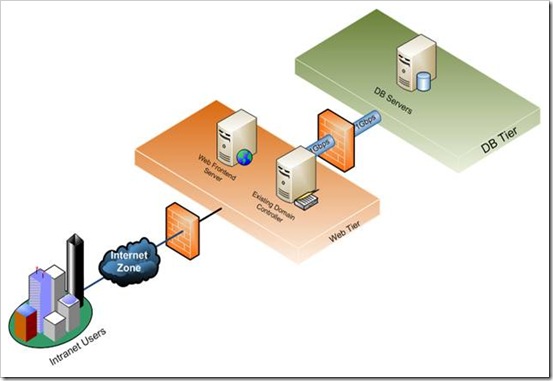Transpose a DataTable using DataSet (C#)
DataSet ds = new DataSet(); OracleDataAdapter dataAdapter = new OracleDataAdapter(); dataAdapter.SelectCommand=cmd; DataAdapter.Fill(ds); DataTableCollection collection = ds.Tables; DataTable table=new DataTable(); for (int i = 0; i < collection.Count; i++) { table = collection[i]; } DataTabel transposeTable = GetTransposeTable(table); private DataTable GetTransposeTable(DataTable dtOld) { DataTable dtNew = new DataTable(); dtNew.Columns.Add(new DataColumn("0", typeof(string))); for (int i = 0; i < dtOld.Columns.Count; i++) { DataRow newRow = dtNew.NewRow(); newRow[0] = dtOld.Columns[i].ColumnName; for (int j = 1; j <= dtOld.Rows.Count; j++) { if (dtNew.Columns.Count < dtOld.Rows

